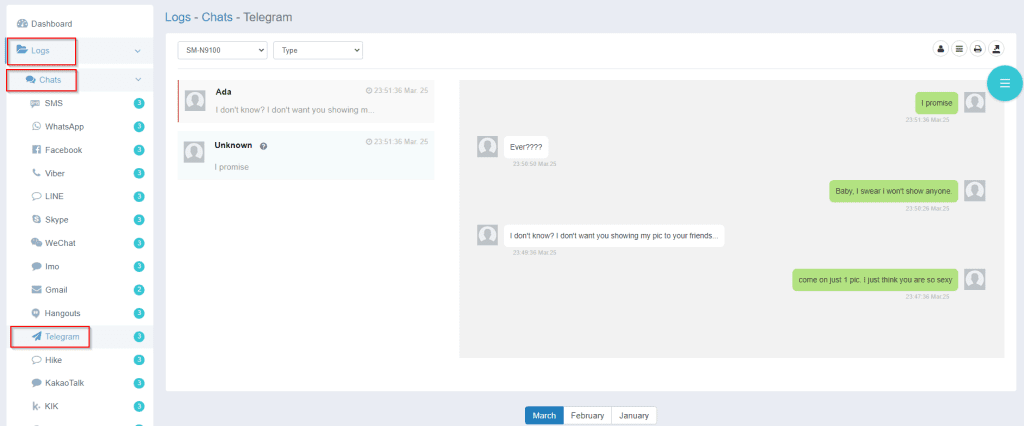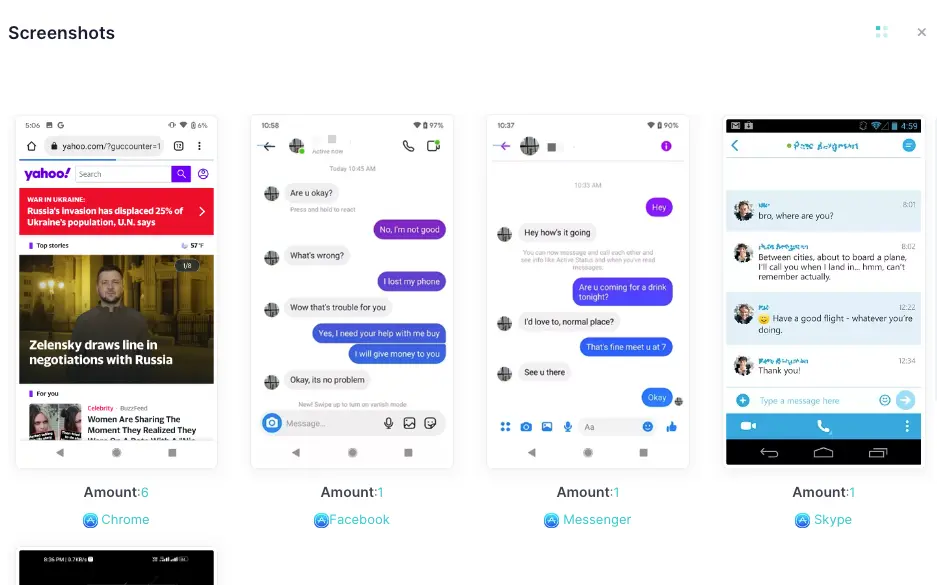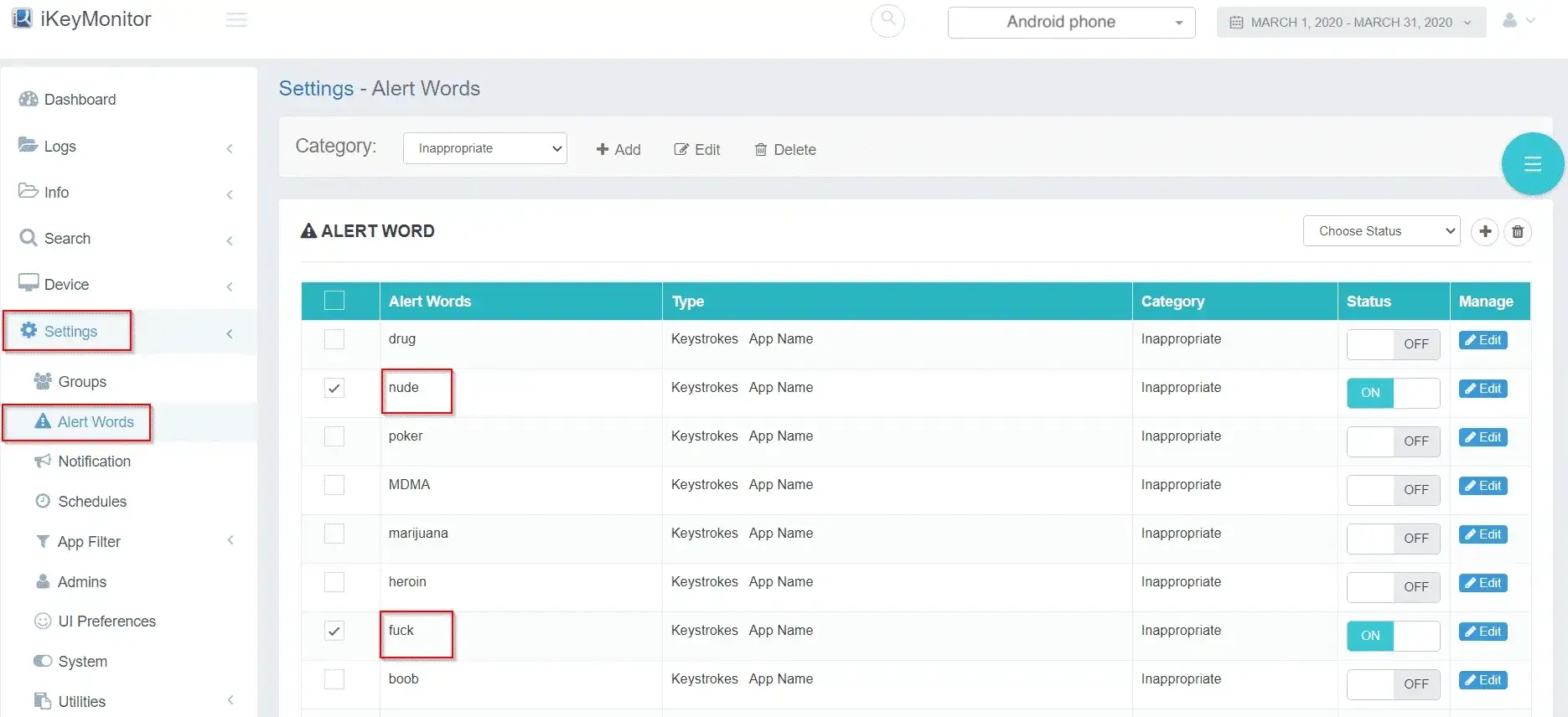Cyberbullying Facts, Trends and Statistics 2025
As more people use the internet, cyberbullying is becoming more common. Cyberbullying happens when someone harasses another person through digital devices, like social media or gaming platforms. It often involves making hurtful comments or humiliating others online. Kids are especially vulnerable to cyberbullying, with hateful messages being a common problem. Understanding cyberbullying facts, trends, and statistics will help you better protect your children from it.
Different Forms of Cyberbullying

It’s important to be aware of the different forms of cyberbullying so you can take the right steps to protect your children. By recognizing the signs, you can take action, whether it’s reporting the bullying or putting measures in place to prevent it. Here are some of the most common types of cyberbullying:
- Harassment – This is when someone repeatedly sends hurtful or threatening messages online, causing emotional distress. It can happen through texts, social media, or emails.
- Impersonation – Impersonation involves someone pretending to be your child online to spread rumors or post hurtful messages. This can damage their reputation and lead to confusion among friends and peers.
- Exclusion – Exclusion happens when someone intentionally leaves your child out of an online group, chat, or event to make them feel isolated and unwanted.
- Outing – Outing involves sharing personal, embarrassing, or private information about someone without their permission. It can be used to shame or humiliate your child in front of others.
- Cyberstalking – Cyberstalking is when someone repeatedly follows, threatens, or harasses your child online. It can escalate into serious emotional harm and even real-world threats.
- Doxxing – Doxxing occurs when personal information (like your child’s address, phone number, or social media profiles) is posted online without their consent, often with the intent to harm or intimidate.
- Trolling – Trolling is when someone deliberately posts offensive or inflammatory content to provoke others. While it can be seen as “just for fun,” it can have serious effects on your child’s mental health.
Common Facts Of Cyberbullying
Cyberbullying is a growing issue that affects many children and teenagers, especially as they spend more time online. With the rise of social media and digital communication, the risk of being bullied has increased, and it can have serious effects on a young person’s mental health. Understanding the common facts about cyberbullying is crucial for parents and guardians to protect their children. The following information highlights cyberbullying facts and what you can do to prevent it.
- According to a 2022 study by the Cyberbullying Research Center, 37% of students between the ages of 12-17 have experienced some form of cyberbullying in their lifetime.
- A survey conducted by the National Center for Education Statistics (NCES) found that 15% of students who were cyberbullied reported feeling sad or hopeless almost every day for two weeks or more, a symptom of depression.
- In a study by The Pew Research Center, 70% of teens reported that cyberbullies often hide behind fake accounts or anonymous identities, making it harder to catch or stop the bullying.
- A 2019 report by the i-SAFE Foundation found that 50% of teens have experienced cyberbullying through social media platforms like Facebook, Instagram, and Snapchat.
- According to the 2018 Pew Research Center report, boys are more likely to be victims of online gaming bullying, while girls are more often targeted on social media.
- Research by the American Academy of Pediatrics reveals that cyberbullying victims are 2 to 9 times more likely to consider suicide compared to those not involved in online bullying.
- The National Bullying Prevention Center reports that 64% of students who are bullied online do not tell their parents, making it harder for families to intervene.
How to Protect Your Kids From Cyberbullying?
Cyberbullying is a serious concern for parents, as kids spend more time online. It can have lasting effects on a child’s mental health. To keep your kids safe, it’s essential to take proactive steps. This guide will help you understand the best ways to protect your children from online bullying, including open communication, monitoring their online activity, setting clear boundaries, and encouraging them to report any harmful behavior.
Talk Openly About Online Safety
Start by having honest talks with your child about the dangers of cyberbullying. Explain what it is and how it can hurt people. Let them know they can always come to you if something bad happens online. Make it clear that they should never be afraid to ask for help.
Monitor Their Online Activities
Keep an eye on what your child is doing online. Check the apps and websites they use. Make sure they are not talking to strangers or visiting unsafe sites. You can also set up privacy settings on social media to limit who can contact them.
Set Clear Rules for Online Behavior
Set rules for how your child should behave online. This includes respecting others, not sharing personal information, and only talking to people they know. Explain the importance of being kind and thoughtful when communicating with others. Tell them the consequences if they break these rules.
Use Parental Control Apps
Consider using tools like iKeyMonitor to monitor your child’s online activity. These apps can track their messages and online behavior, helping you spot any signs of cyberbullying early. If you notice anything troubling, you can step in and help right away.
How iKeyMonitor Helps in Preventing Cyberbullying
iKeyMonitor is the best parental control app that helps parents keep track of their kids’ online activities and protect them from cyberbullying. It lets you monitor messages, social media use, and other online interactions to make sure your child isn’t exposed to cyberbullying. Features like message tracking, real-time alerts, and app blocking make it easy for parents to step in quickly if something troubling happens. It’s a simple way to keep your child safe online.
Track Messages and Chats
iKeyMonitor lets you monitor all the messages your child sends and receives on different apps. Whether it’s WhatsApp, Instagram, Facebook, WeChat, or other social media chat apps, you can read through the chats to spot any bullying or harmful messages.

Monitor Social Media Activity
iKeyMonitor allows you to keep track of your child’s social media accounts. You can see who they’re talking to and what kind of content they are posting or receiving. If there’s any bullying or inappropriate content, you’ll be able to catch it early and take action.

Capture Screenshots of Activities
iKeyMonitor regularly captures screenshots of what your child is doing on their phone. This gives you a visual record of their online activity, which helps you understand if they are seeing harmful or disturbing content. You can check these images to make sure they are safe.

Set Alerts for Suspicious Behavior
One of the best features of iKeyMonitor is that it can send you alerts if it detects any suspicious behavior. For example, if your child is typing certain keywords related to bullying or distress, you’ll get a notification. This allows you to step in quickly before the situation gets worse.

Block Harmful Apps and Websites
If you find that certain apps or websites are putting your child at risk, iKeyMonitor lets you block them. This is an important feature because it prevents your child from accessing harmful platforms that may encourage bullying or expose them to inappropriate content.

Conclusion
iKeyMonitor is the best parental control app that helps prevent cyberbullying. With the rise in cyberbullying facts, it’s crucial to stay alert. iKeyMonitor lets you track messages, social media interactions, and apps your child uses. Features like message tracking, real-time alerts for suspicious behavior, and the ability to block harmful apps make it easier for parents to spot issues early and protect their kids from online dangers.

Tags: cases of cyberbullying, cyberbullying facts and trends, cyberbullying trends of 2022, facts about cyberbullying
Category: Learning & How to, Parental Control Tips